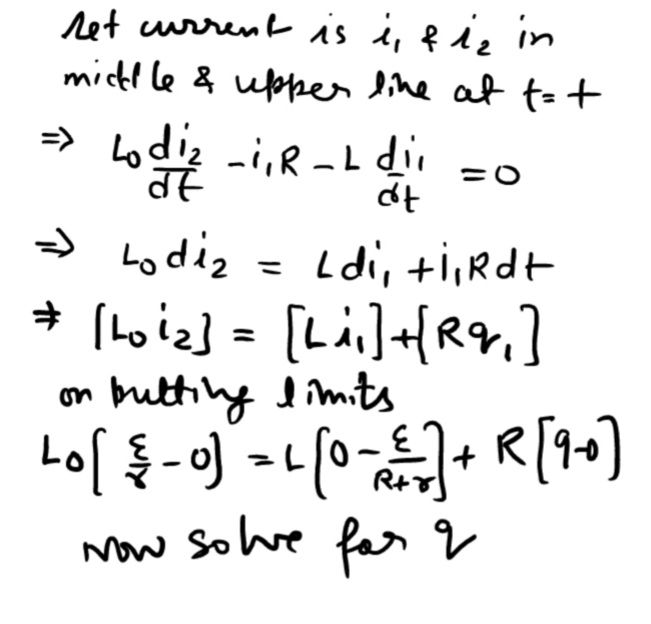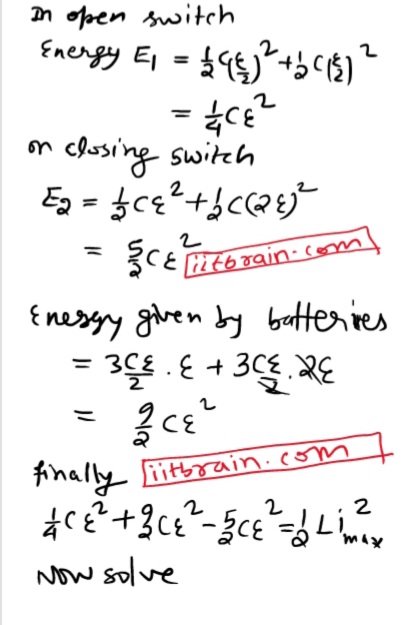9 - Alternating Current Questions Answers

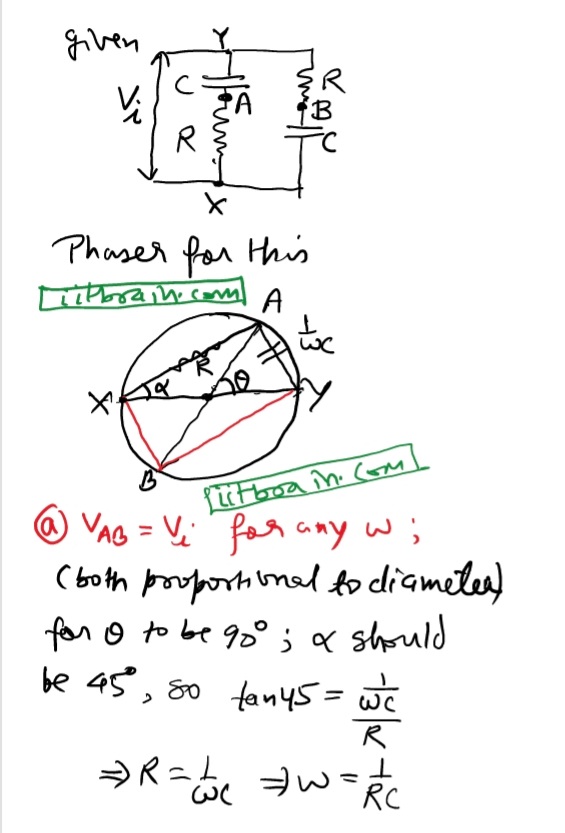

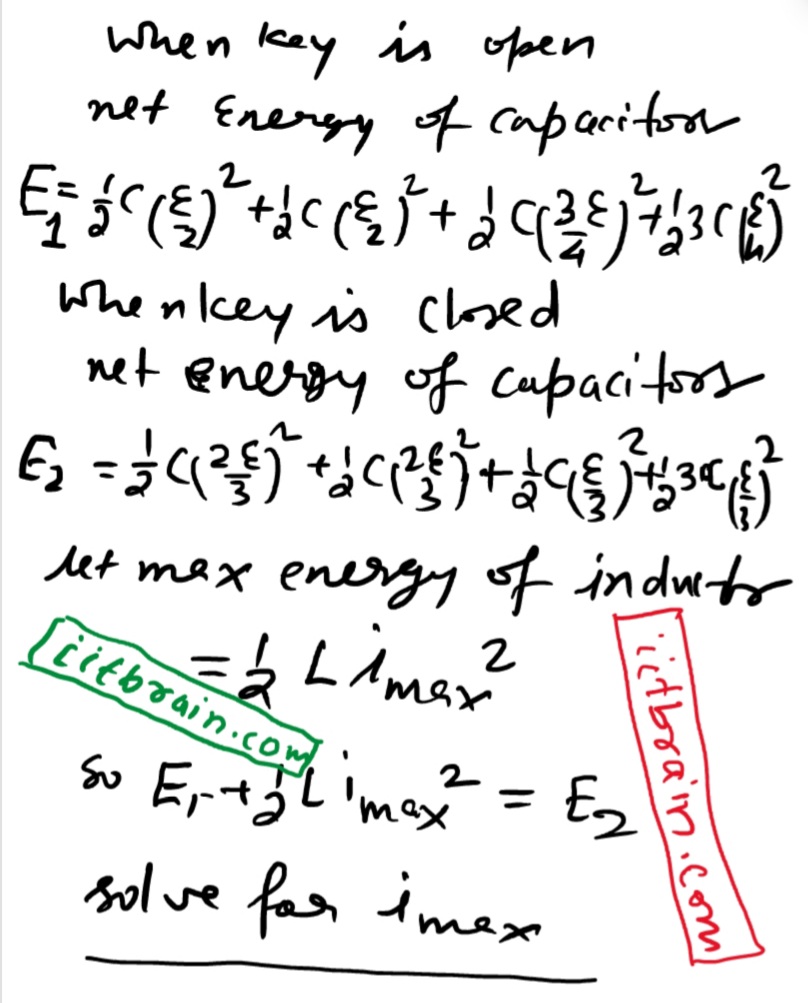

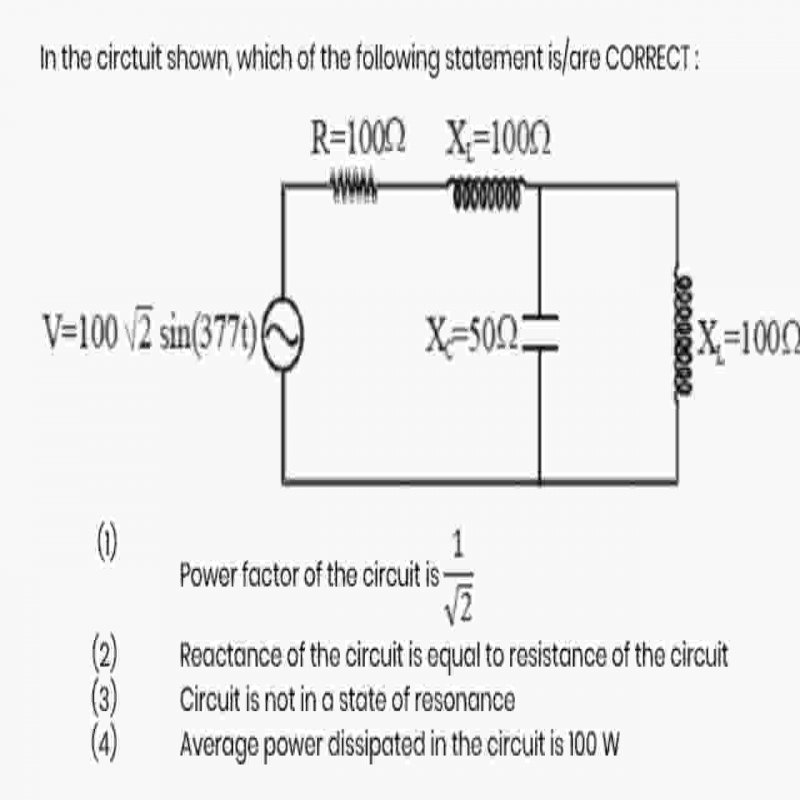
is impedence as same as resistanace in a circuit // and // are capacitive reactance and inductive reactance constant values(i.e. independant of value of current in ac circuit at any time) ??
Write the question with correct symbols
yes it is equivalent to resistance for that circuit
chock coil is used to
1) increase current
2) increase voltage
3) decrease current
4) decrease voltage
here we know power= IV & chock coil is used to reduce the power loss , so here what vyl be the answer
chock coil in ac is the device equivalent to rheostat in dc, so it is used to increase current.
can you give me an idea of solving the parallel LC circuit? Also to find the phase difference between the I and E?
1st make a 3 line circuit in which ac source, resistor with an inductor and resistor with a capacitor will be there in the three lines then divide total current "I"
from AC into the two legs, equations will be
e = L di1/dt + i1R (1)
e =q2 / C + i2 R (2) here dq2 / dt = i2
now solve


